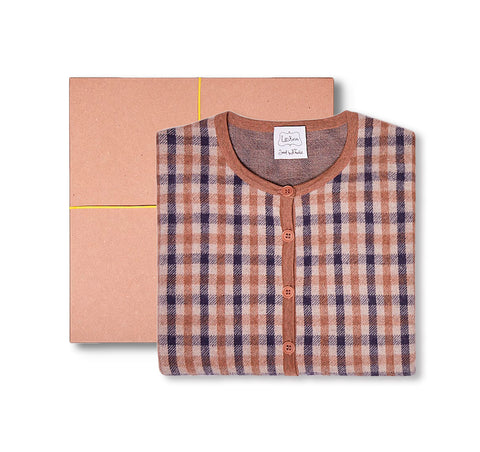MÄRZSCHNEE by Rosemarie Trockel
ドイツ人コンセプチュアルアーティスト、ローズマリー・トロッケル(Rosemarie Trockel)の作品集。2015年1月から4月にオーストリアの「ブレゲンツ美術館(Kunsthaus Bregenz)」で開催された展覧会に伴い刊行された。会場では、作者が現地に滞在した際の経験をもとに、ブレゲンツ特有のファッションや習慣、文化的慣習に焦点を当てたマルチメディア作品が紹介され、さらに当時新作であった版画作品が発表された。
作者のように、人気を博しながらも、常に曖昧さを失わない作家は数少ない。ドクメンタ(1997年、2012年)やヴェネチア・ビエンナーレのドイツ館(1999年)など、国際的に知名度の高い祭典に出展し、その存在を世界の主要美術館へと導いた30年以上にも及ぶ活動において、常に驚きを与える新しい作品群、オブジェ、イメージの創造に成功してきた。機械で編んだ毛糸の布を担架に貼り付け、それを絵として展示した作品は、1980年代にすでに大きな反響を呼んでいた。
もうひとつの作品群では、光沢のある白いエナメルの金属パネルに、ホットプレートを組み立てている。編み物の絵画作品と同様に、ジェンダー特有の意味合いを持つオブジェが再分脈化された。これらの抽象作品は主に1990年代に制作されたもので、作者の20世紀美術史における地位を確立したものである。
This catalogue accompanies German artist Rosemarie Trockel's (born 1952) solo exhibition at Kunsthaus Bregenz in Austria, including the artist's newer print works. Based on Trockel's sojourn in the area, this multimedia work focuses on the unique fashions, customs and cultural conventions of Bregenz.
There are only a few artists like Rosemarie Trockel, whose works have always been able to retain their ambiguity in the face of great popularity. In a career spanning more than 30 years, encompassing such internationally renowned exhibition events as documenta (1997 and 2012) as well as the German Pavilion at the Venice Biennale (1999), and which has led the way to the world's major museums, the artist has succeeded in creating new work complexes, objects and images that are continually surprising. There had already been a great furor in the 1980s surrounding the reception of her wool works, machine knitted woolen fabrics attached to stretchers and then displayed as pictures.
In a second group of works she assembled ordinary hotplates on shiny, white, enameled metal panels. Objects with gender specific connotations were again re-contextualized, as had already occurred in the knitted pictures. These abstract works mainly originate from the 1990s and were the ones that secured Trockel's place in the history of 20th century art.


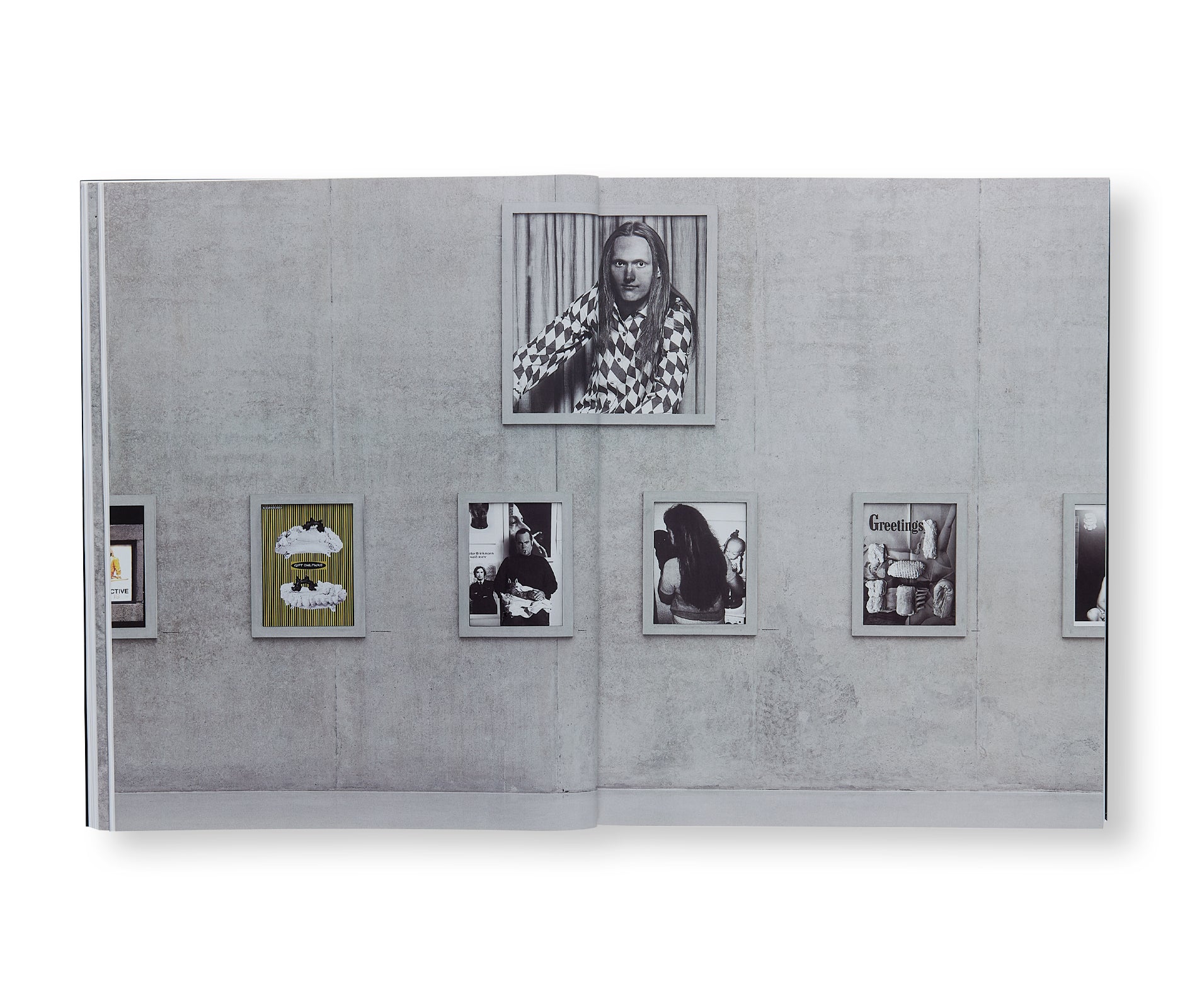
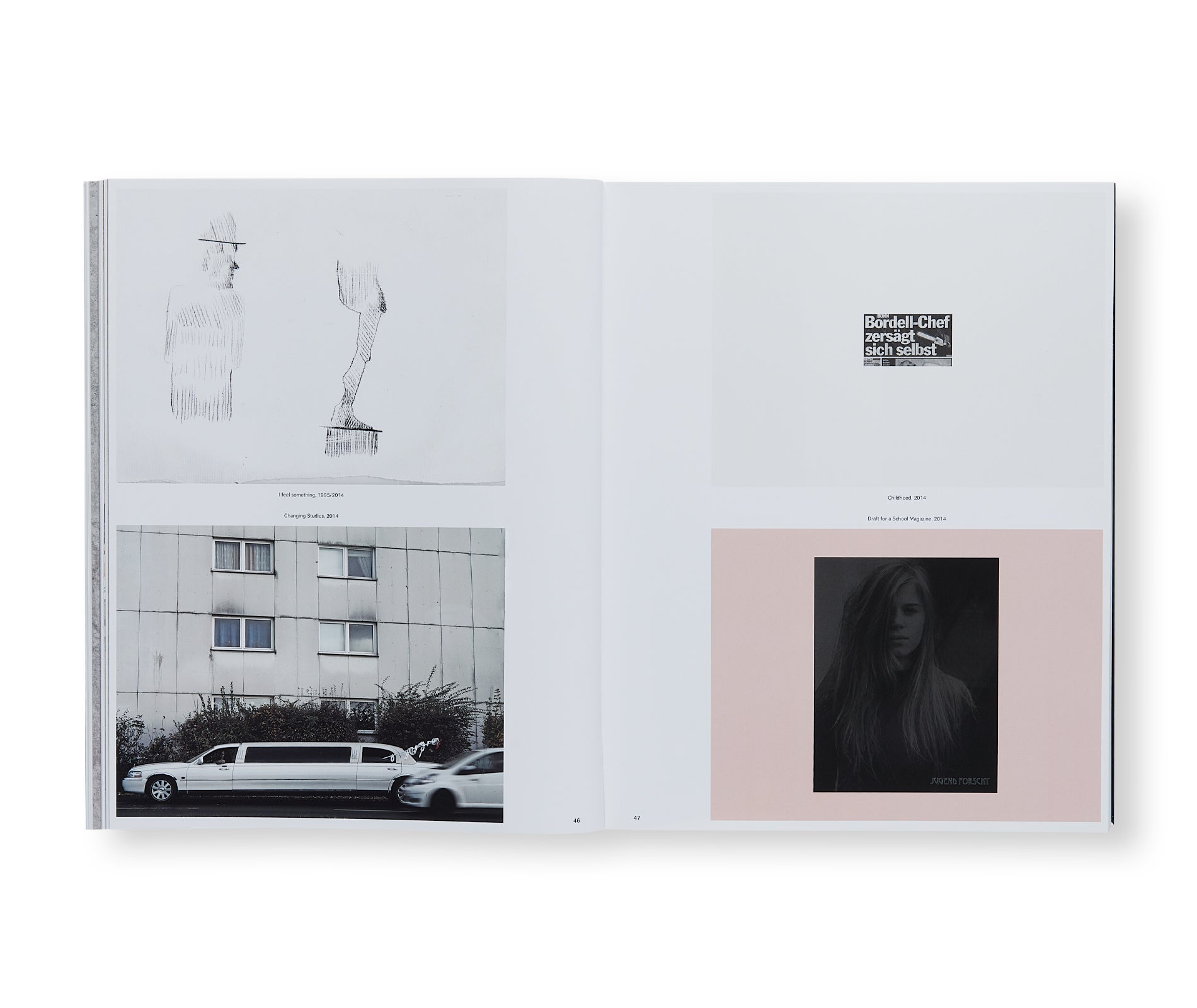
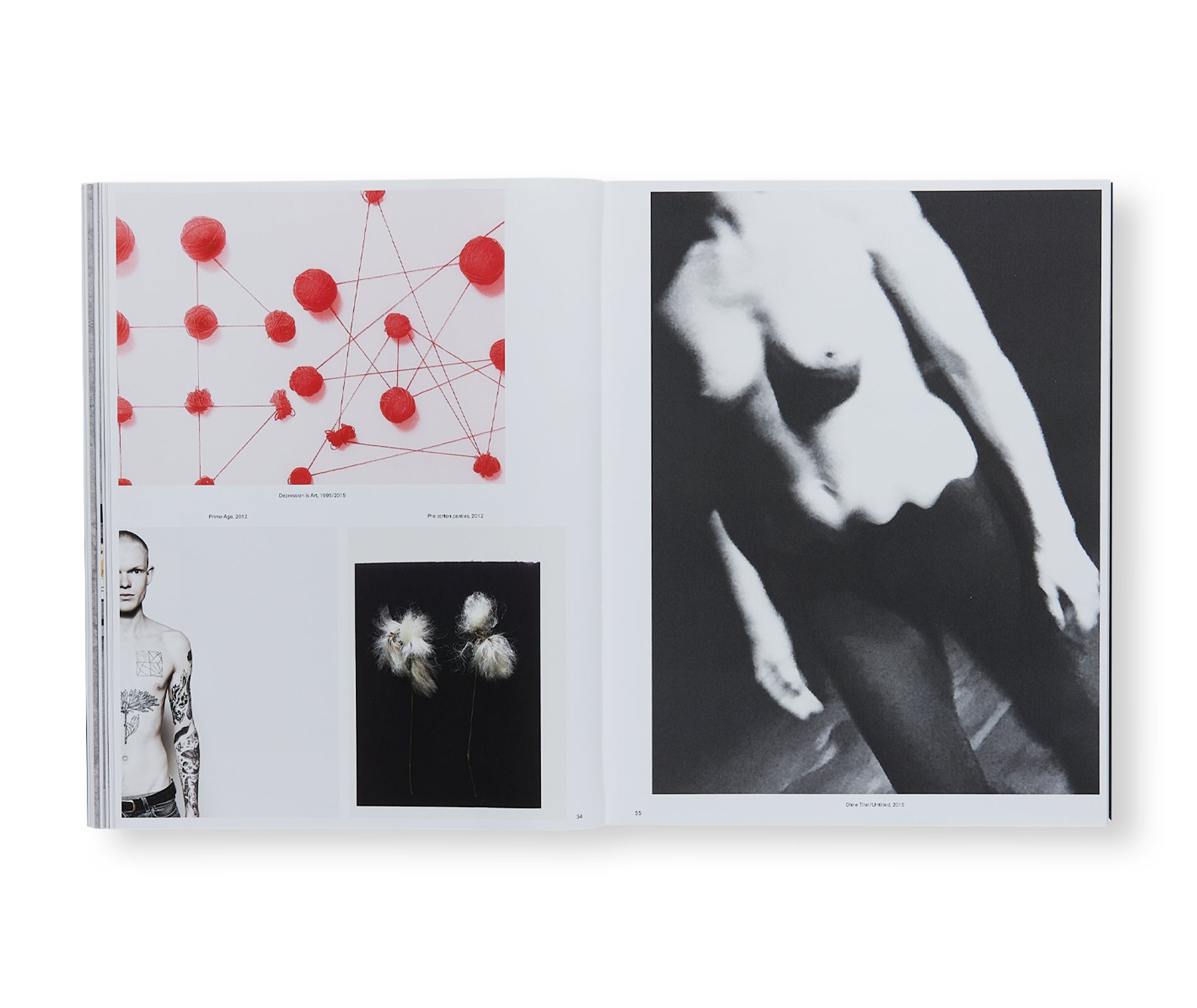
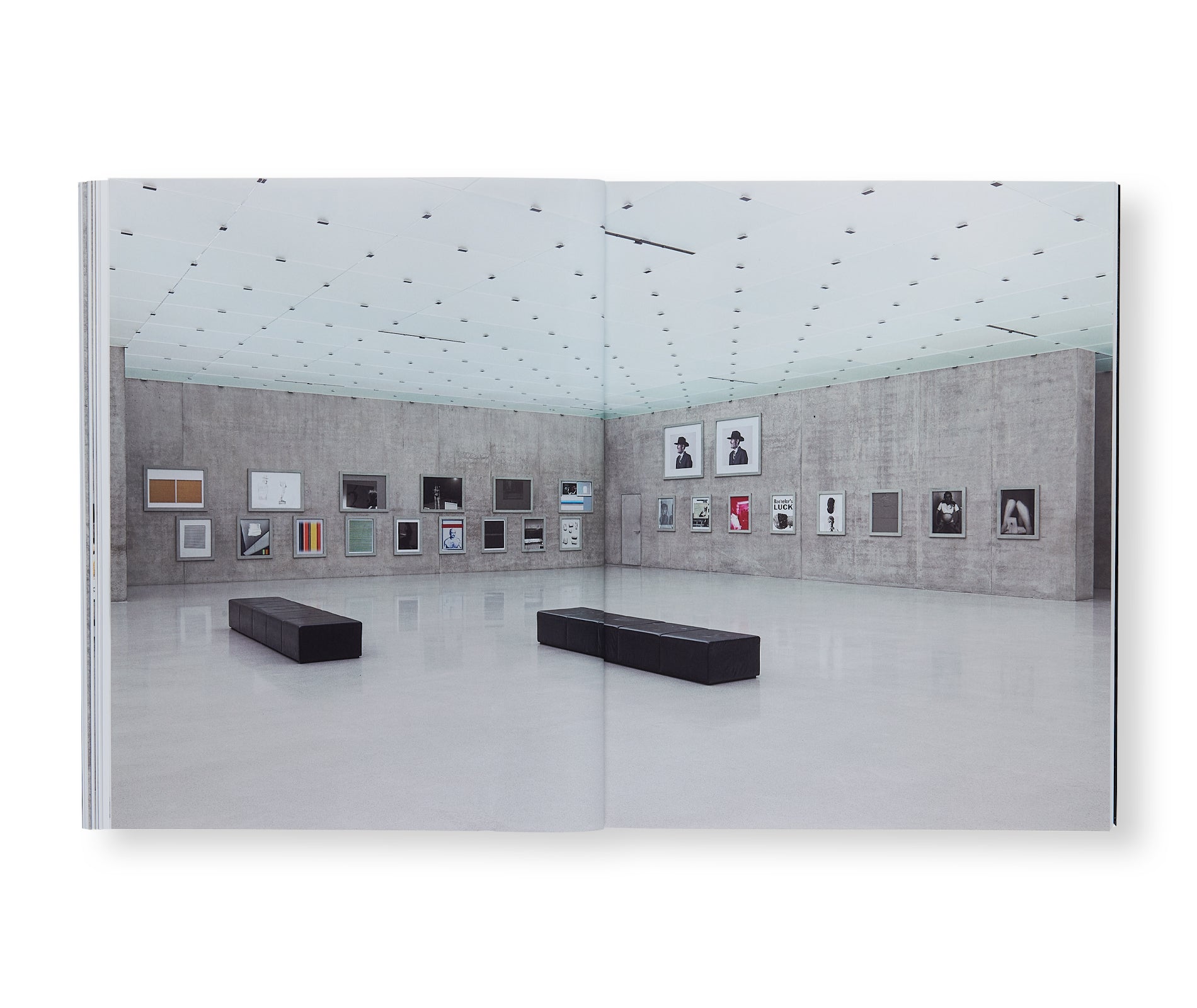
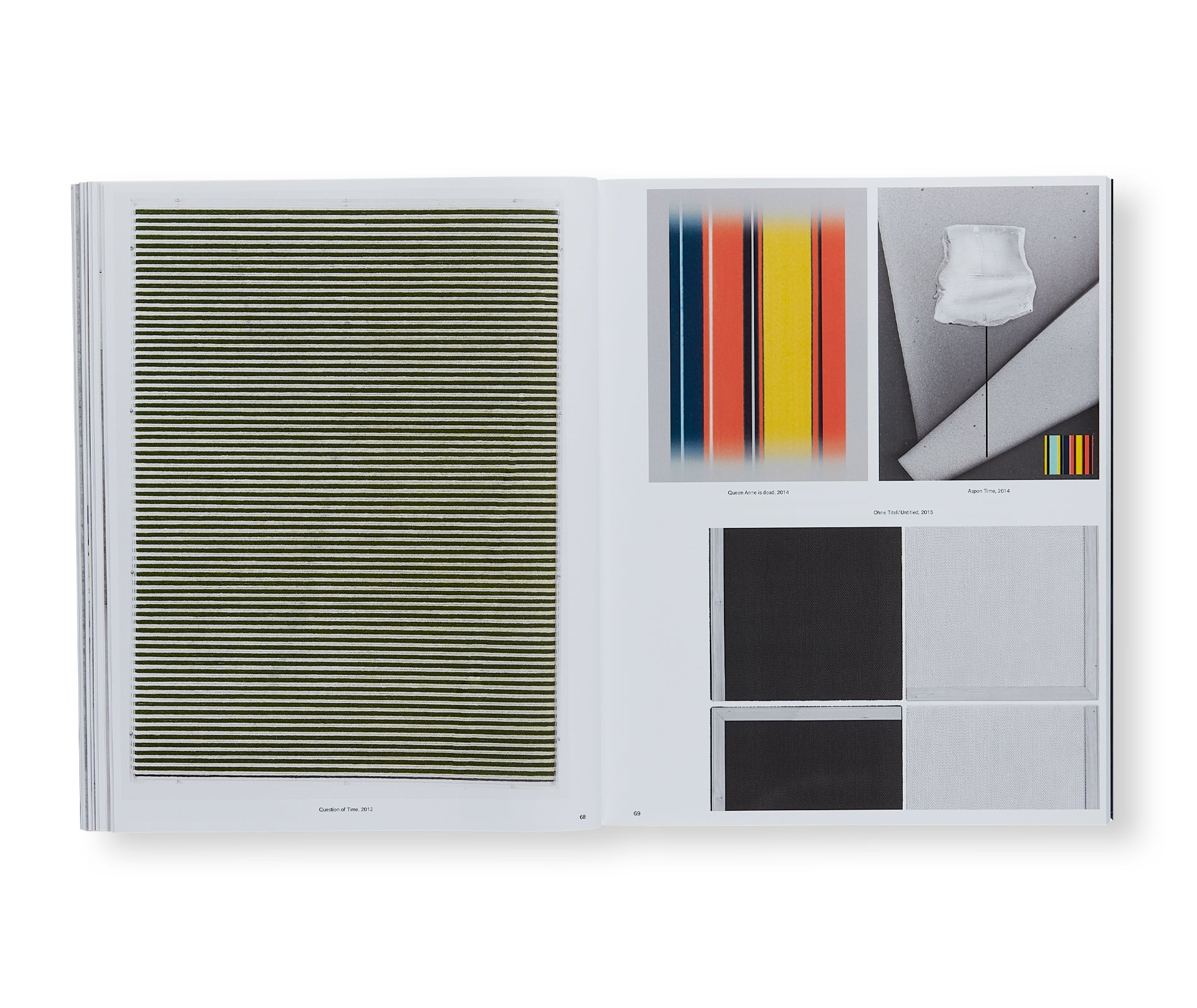
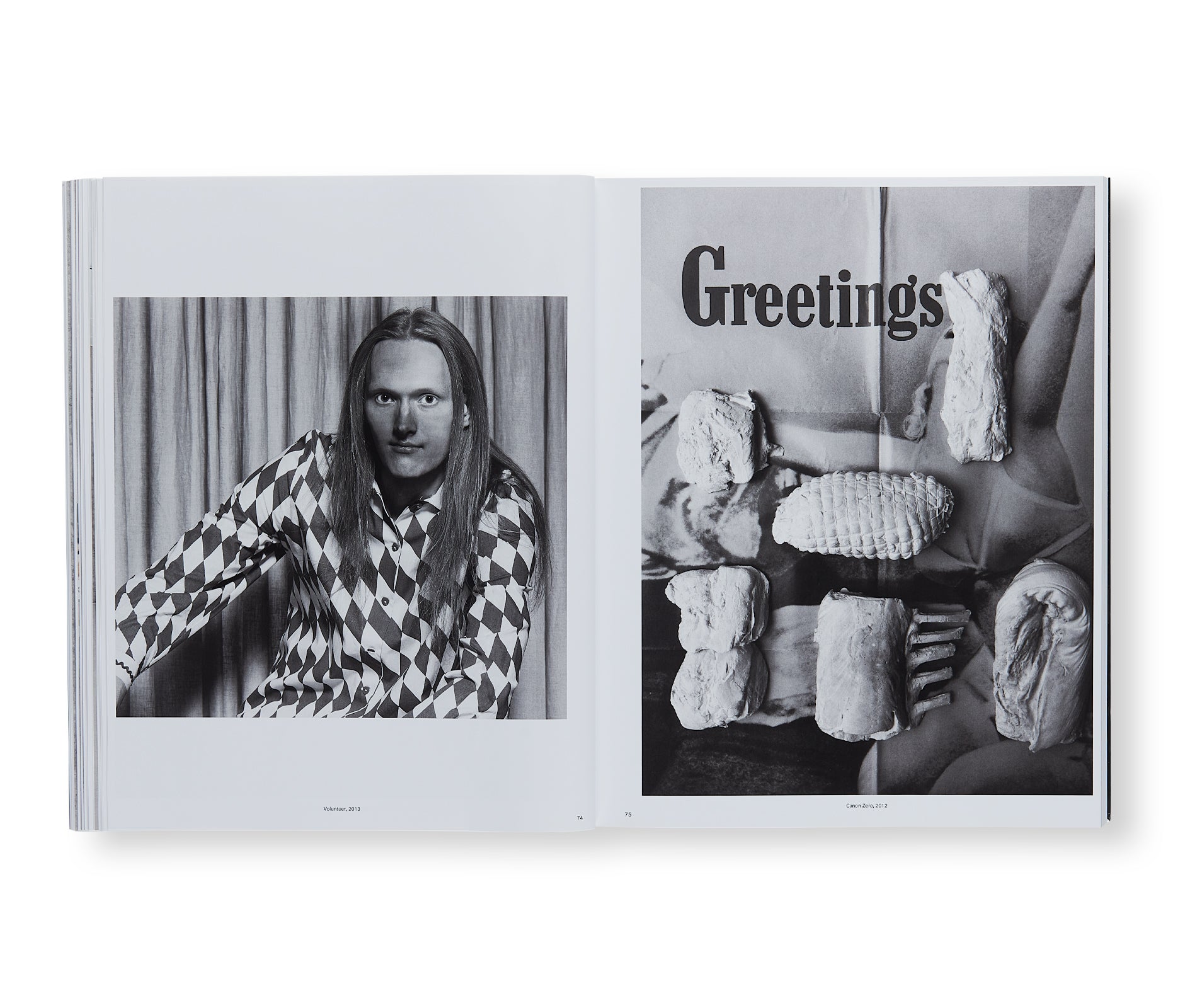
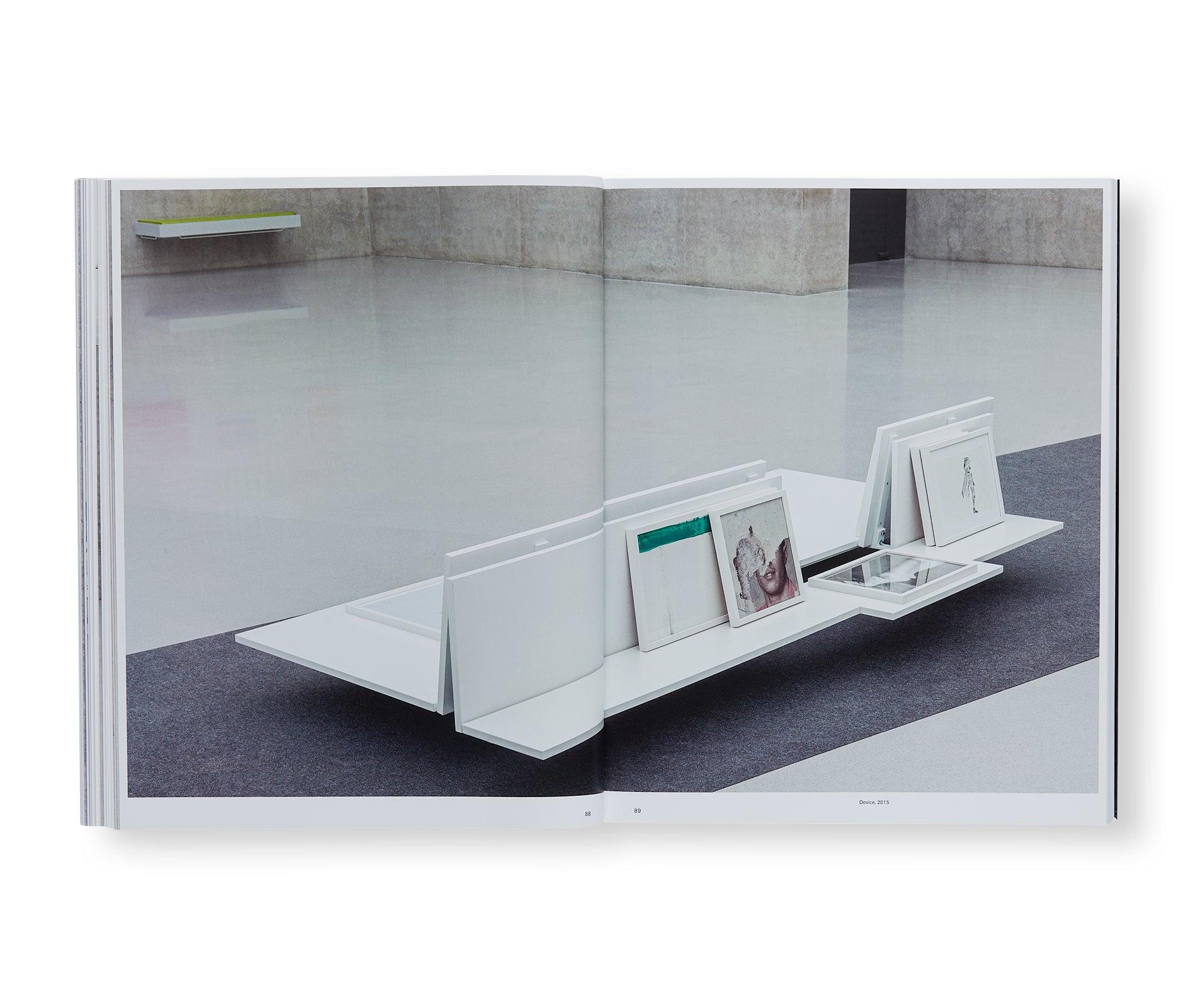
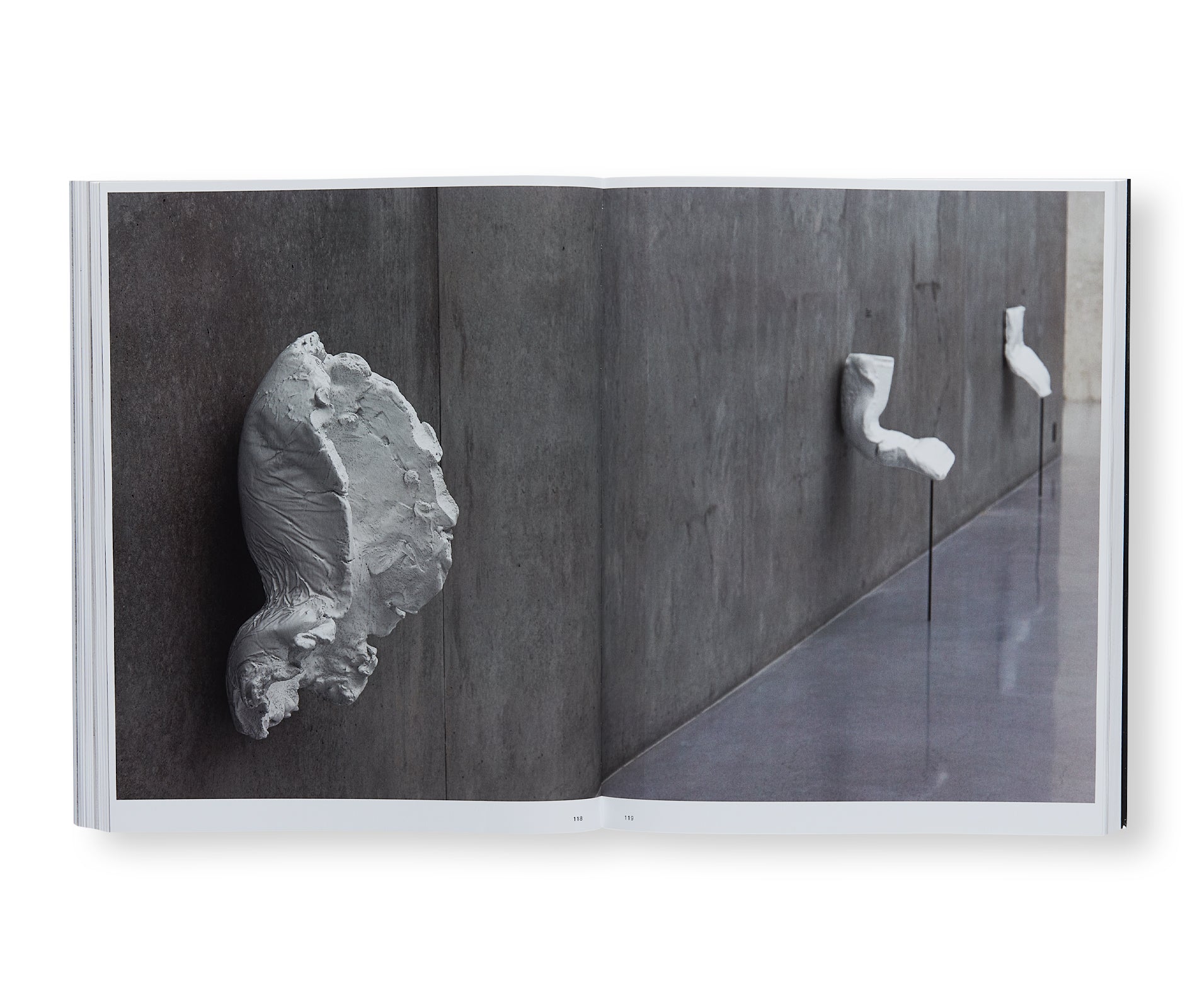
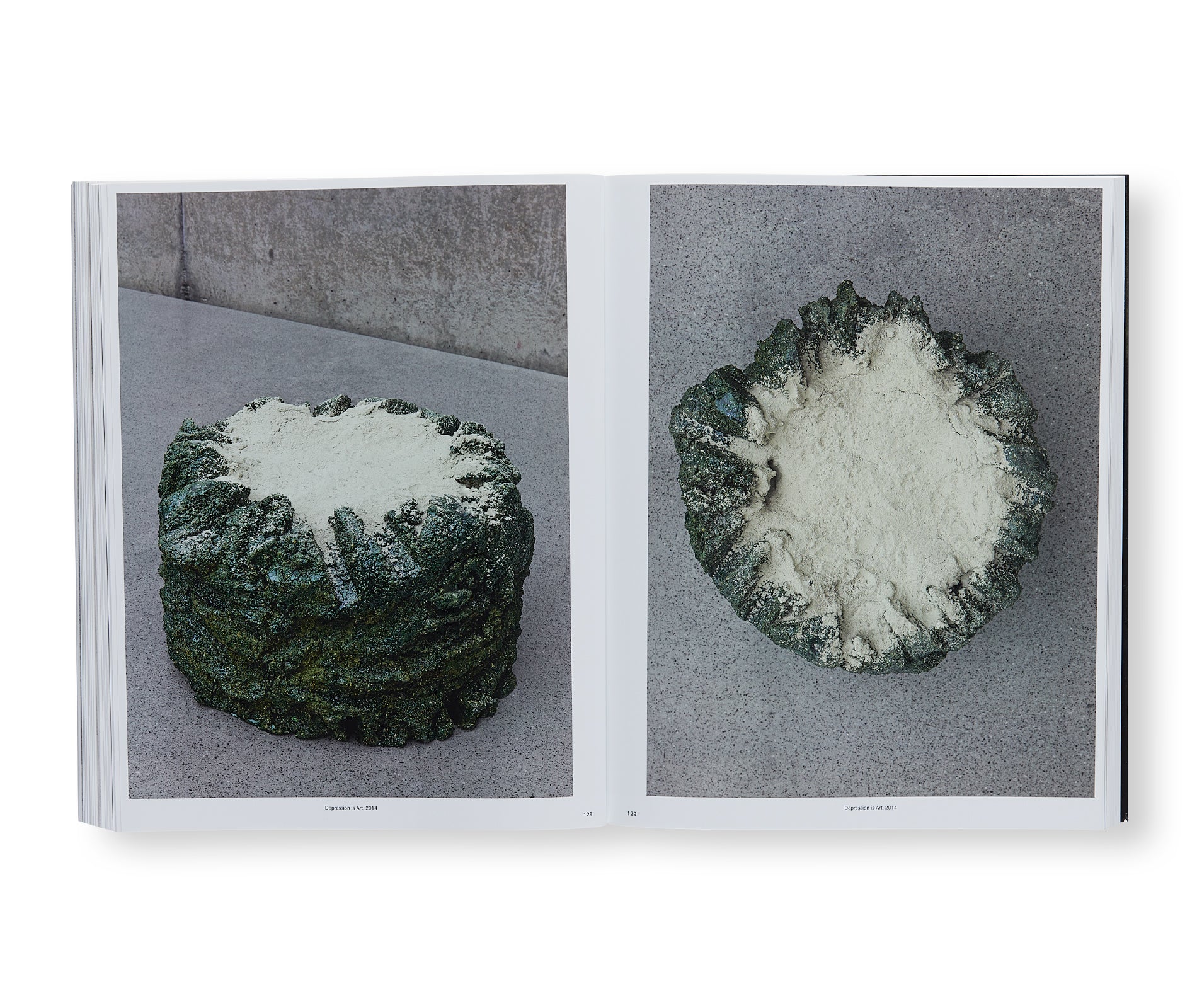
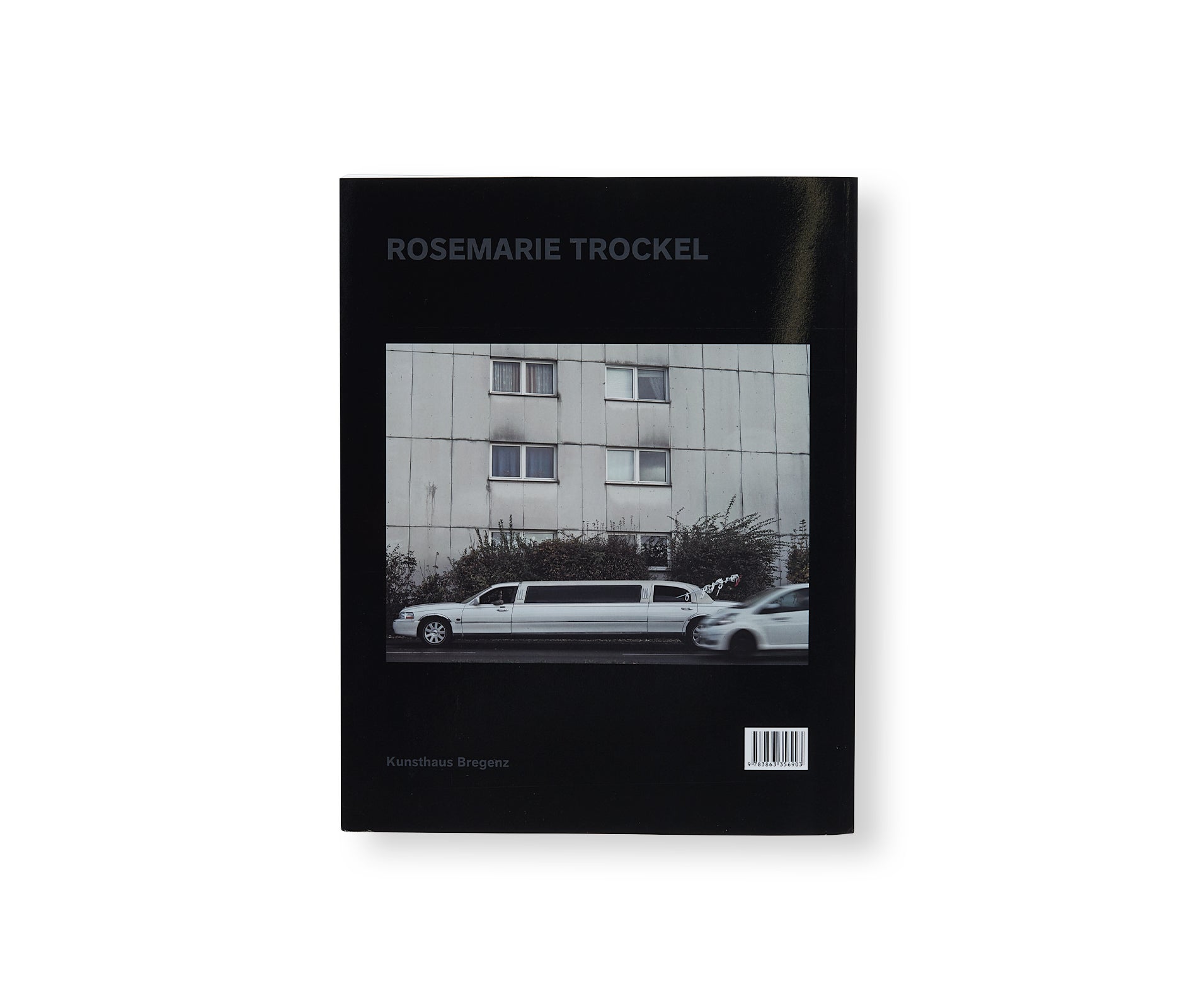
![RADICAL SOFTWARE: WOMEN, ART & COMPUTING 1960-1991 [ENGLISH EDITION]](http://twelve-books.com/cdn/shop/files/00_3ca2974f-ed66-49de-b70c-204d721c7791_large.jpg?v=1760687348)
